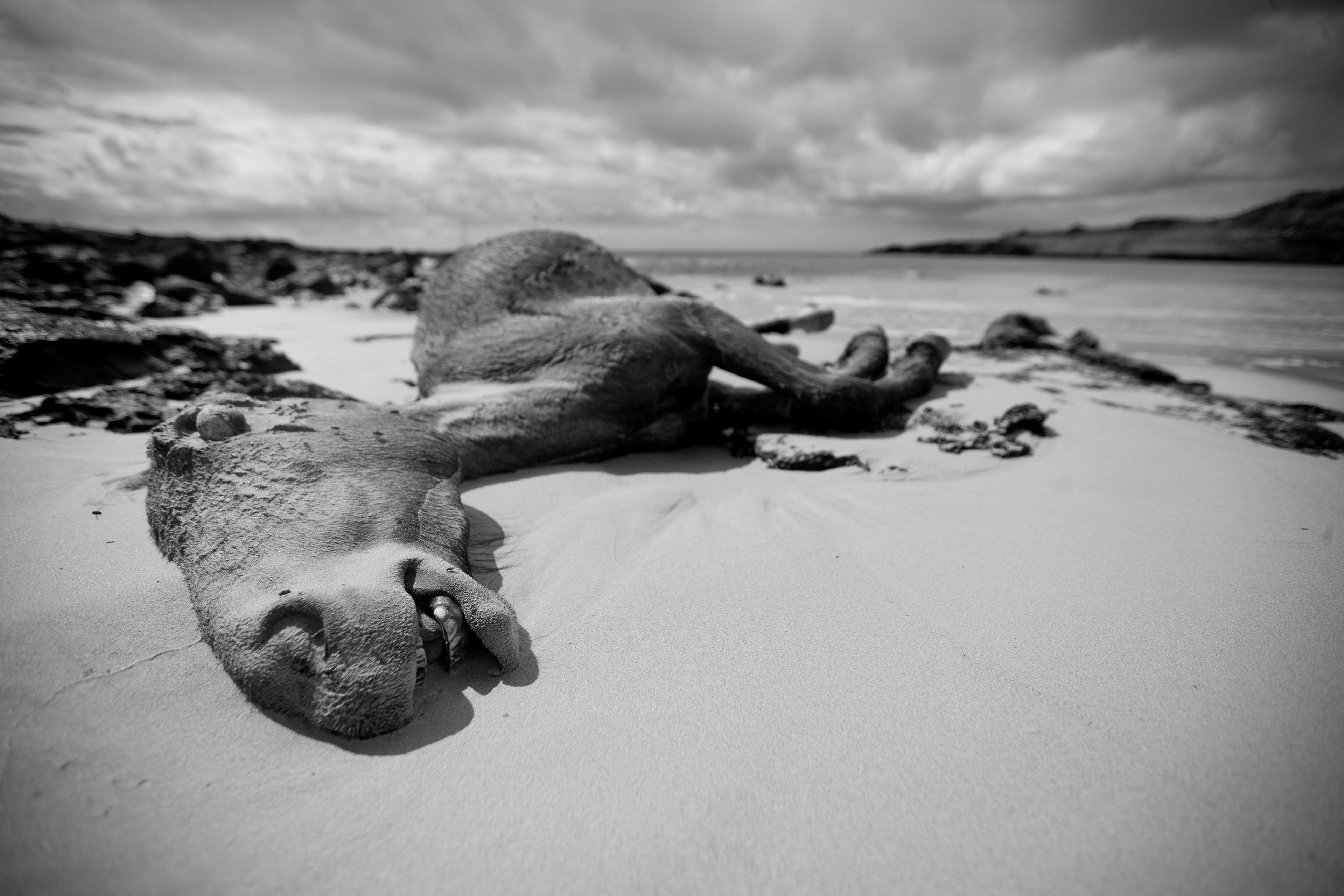









The Navel of the World
Rapa Nui 2013
“Te Pito o Tehe nua” means “the navel of the world”. The original name for Easter Island captures, with the wisdom of its ancestral language, the remote location of Rapa Nui in the middle of the Pacific Ocean. Since its discovery, the island has become popular for its mysterious stone giants, but also because it is the remotest spot on Earth. This immense natural barrier has resisted the arrival of progress and enabled the rapa nui to retain their deepest traditions, incorporating modernity through a slow and gradual process that has created a sort of private world, unique and full of contrasts.
“Te Pito o Tehe Nua” en lengua rapanui significa “El Ombligo del Mundo”. El nombre original de Isla de Pascua describe, con la sabiduría de su lenguaje ancestral, la alejada posición de Rapa Nui en medio del Océnao Pacifico.
Desde su descubrimiento ha sido popular por sus misteriosos gigantes de piedra, pero también por ser el lugar más remoto sobre la tierra. Esta inmensa barrera natural ha amortiguado la llegada del progreso permitiendo a los rapanui preservar sus tradiciones más profundas, recibiendo la modernidad a través de un proceso lento y natural que ha creado una especie de mundo privado, único y lleno de contrastes.